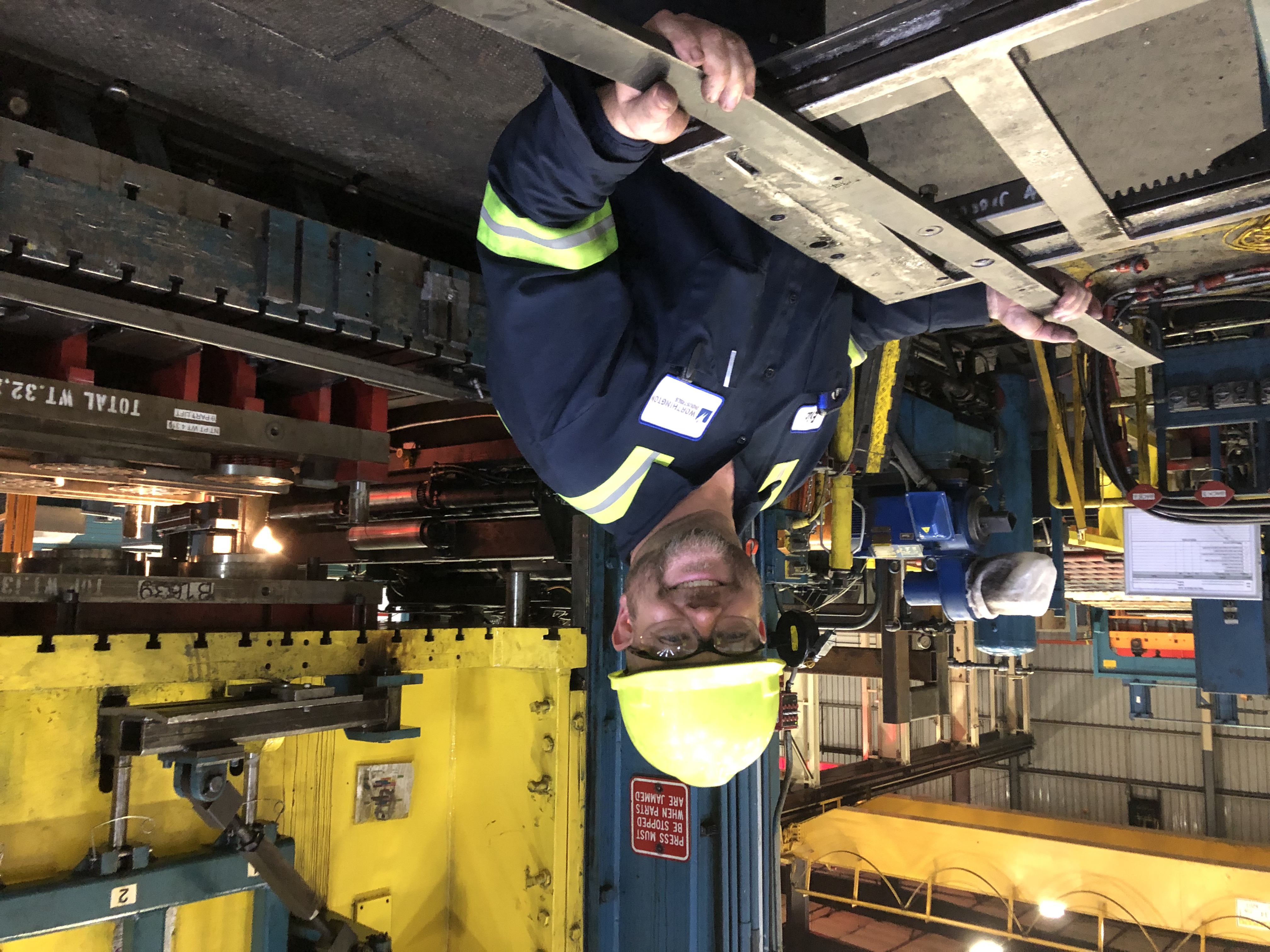Making a Better Steel Buy
But the trial worked!
How to avoid inconsistent steel behavior between orders.

The challenge: Who can fill my trial order quickly?
You are handed a steel specification for a new part. It is time to buy steel for a trial run to ensure the specification meets the application's manufacturing needs. Identifying potential manufacturing concerns as early as possible before the start of full production is paramount to provide ample time to make critical adjustments. Unfortunately, your customer has a very tight turnaround. It can be challenging to find a steel supplier who can provide a trial quantity that meets the steel specification, matches the intended production supply chain, and can deliver in the time frame you desire.
After casting a wide net with a spot RFQ, you finally find a distributor who commits to meeting your specification, quantity, and delivery timeframe. You are relieved, and you place the spot order!
The trial runs successfully, but everything falls apart in production.
When the trial steel arrives, the production team runs the material; the tooling & quality teams confirm that the parts meet the specifications. Your customer signs off. Everything seems to be in order. You are a sourcing master! It’s time to place an order for the start of production.
When production starts, the shop floor calls start coming in: “The steel is bad,” “It won’t form right,” “Scrap rates are through the roof,” “We’re going to miss our production targets - what did they send us?!?”
You check the material certifications, and all the attributes appear to meet the specifications. You call your steel supplier to describe what is happening. Why isn’t it performing the same as the trial? What on earth is going on?
Falling victim to a common sourcing error:
Inadvertently, a common sourcing error could have been made – believing steel within a given grade specification is all the same and/or that the trial material was provided identically matching the steel supplier’s production path. Unfortunately, neither is always the case. Steel’s properties can be achieved through different processing paths. They can vary between different melt sources or even between heats of a given melt source– even though they all technically met the ordered specifications. Sometimes, the specification is missing a key parameter that is important to manufacturing processes for a given application. This happens because the specification allows for a wider range of variation than the parts, particularly more complex shapes, can tolerate.
Two options to get more consistent properties.
- The more costly option is to tighten the specification limits. This will minimize the variation in the steel products —sometimes resulting in successful production, usually incurring more costs from suppliers, and other times failing to resolve production challenges adequately.
- You can work with a steel supplier, like Worthington Steel, with the right sourcing network and know-how to ensure your steel performs consistently without bringing unnecessary costs to the steel supply chain. The right sourcing partner makes all the difference!
We look forward to making you a steel-sourcing superstar!
In the coming blogs, we will discuss the most common ordering errors we have seen and provide insight on how to avoid them. Steel buying is as much of an art as a science. Having a team of dedicated experts at your side will help you be a more informed steel buyer, avoiding extra costs while achieving high production success rates.